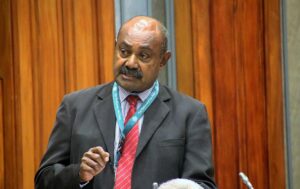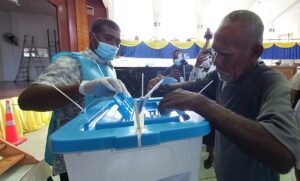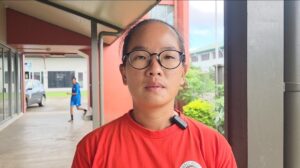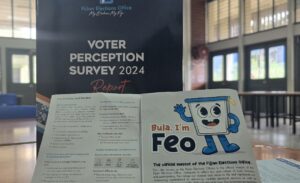Indicators show that Fiji is at the tail end of the epidemic, however the Ministry of Health remains guarded about its future outlook.
Permanent Secretary Health Dr James Fong said the concerns comes on the back of findings that there remains pockets of unvaccinated communities with high number of vulnerable persons living among them.
This despite the progress made in the country’s vaccination deployment that as of 11 September stood at 97.1 per cent for first dose coverage and 58.2%, having received both doses.
The findings cloud progress made in containing the spread of the virus and mitigating its impact on Fiji’s vulnerable populace.
“The ministry has noted the downturn in case numbers and positivity rate although we are limiting our testing to high-risk groups and places of concern. This coupled with our decreasing numbers of admissions, severe disease, and deaths are all consistently indicating that we are on the tail end of the epidemic. Our hospital COVID bed occupancy is getting less with increased critical care bed reserves which are now increasingly deployed for non-COVID clinical care and our oxygen therapy intervention reserves are at 80%,” Dr Fong said.
These gains he said will support the country’s efforts to get people back to their homes and facilitate return “to greater social and economic stability.”
Dr Fong says the ministry has put in place processes to identify these groups and to improve vaccination among them. At the same time, the ministry will maintain virtual and direct (medical and community-based) oversight to ensure early diagnosis and early access to clinical care especially for the vulnerable within the unvaccinated groups.
As of the 11th of September 569,931 adults in Fiji have received their first dose of the vaccine and 341,679 have received their second doses. This means that 97.1% of the target population have received at least one dose and 58.2% are now fully vaccinated nationwide.











